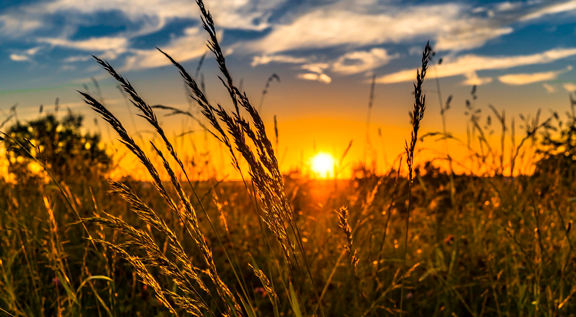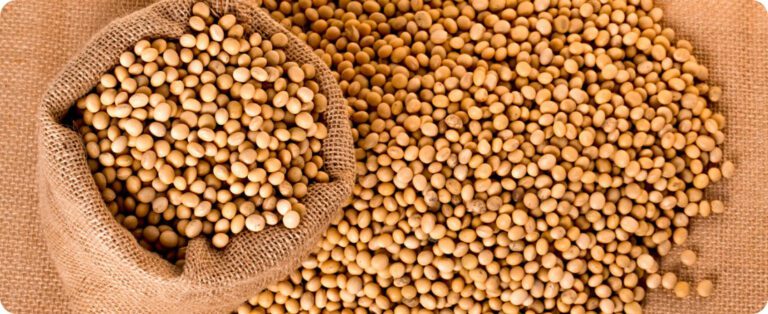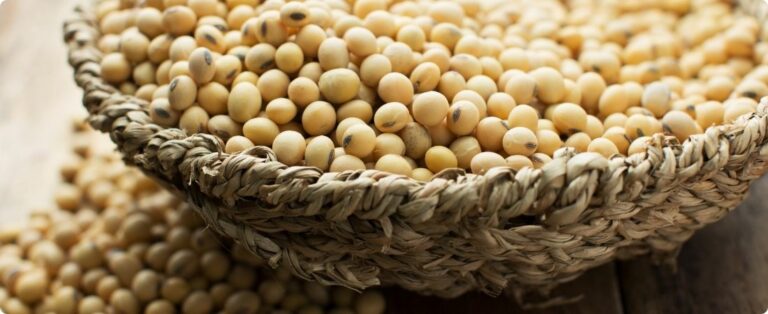
Image: Pixabay
“The US traditionally divides its wheat cultivation into 70% for the winter cycle.”
The harsh winter in the United States could have significant impacts, especially on wheat, according to hEDGEpoint. “The vernalization process should begin in late autumn, at the first drop in temperature, leading to hardening of the plant and reduction of humidity. These modifications prepare the wheat to better resist the rigors of winter, but they need to be accompanied by adequate snow cover”, he comments.
{module Form RD}
“Ideally, this coverage should be at least 2.5-5 cm to prevent sudden variations in temperature from harming crops, as both an increase in temperature after hardening and sudden drops can be harmful”, he adds.
In this context, most of the producing region in the Northwest has more than sufficient snow coverage, as do some of the Great Plains states such as Nebraska, Colorado and South Dakota. Kansas, a major producer and which had already been presenting poor conditions in the autumn, does not have such protection, as do neighboring Texas and Oklahoma. “Considering that temperatures below -12ºC already cause damage if there is no coverage, the thermometer has left the market alarmed in Kansas, given the temperature fluctuation close to this mark in recent weeks”, he indicates.
“The US traditionally divides its wheat cultivation into 70% for the winter cycle (planting between September and October for harvest between June and August) with the remaining 30% following the spring cycle (planting between April and May for harvest in August and September ). American winter wheat production has traditionally been concentrated in two poles: the Great Plains, with emphasis on Kansas and its 27% of national production, and the Northwest”, he concludes.
Source: Leonardo Gottems | agrolink















